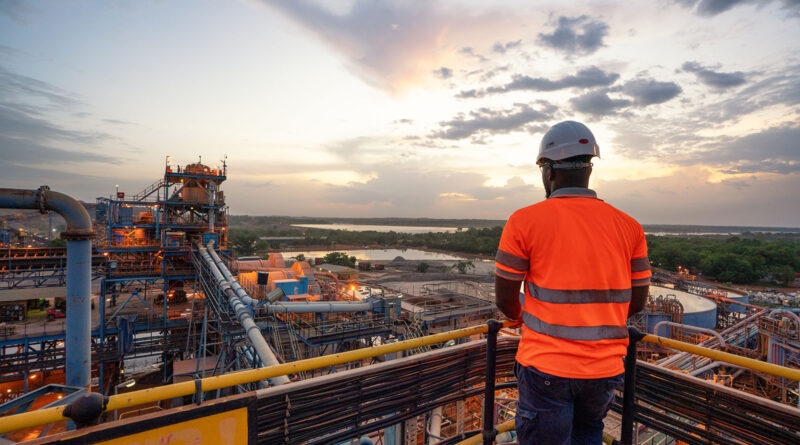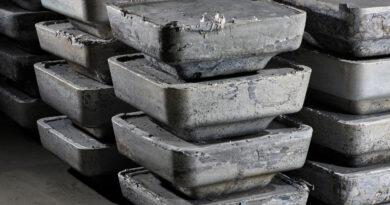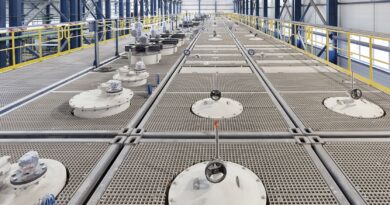Limited impact on mineral commodities from tariffs in Q1
The global economy started the year positively with continued commodity demand growth and inflation seen to be easing or stabilising across major economies. There was limited impact on commodities from the imposition of tariffs in Q1. However, there is an uncertain future impact from tariffs on the commodity markets going forward.
Chinese economy: China has set a similar growth rate as last year, with announced policy support to aid the pivot from exports to domestic consumption. The property sector saw signs of stabilisation through improvements in new home sales and the drawdown of inventory. Compared to the same period last year, there was growth in most other sectors, including infrastructure, consumer durables and manufacturing.
US economy: The US economy performed solidly in Q1 led by consumer spending and the housing market showing signs of recovery. Going forward, economic activity may be affected by tariffs.
China’s crude steel production during Q1 was 2% lower compared to a year ago but maintained its annualised run-rate at more than one billion tonnes. Iron ore seaborne supply contracted by 3% YoY, and seaborne arrivals into China fell 9% YoY, due to weather impacts in both Australia and Brazil. China’s iron ore inventories at 47 major ports were drawn down by 6Mt during the quarter to 150Mt.
LME Copper price supported by positive demand environment, while expectations for the production outlook have lowered in the market. Chicago Mercantile Exchange cash price traded above LME price, reflecting tariff risks.
Copper concentrate markets remain exceptionally tight due to excess smelter capacity. Spot concentrate treatment and refining charges (TCRCs) continue to trade at all-time lows, resulting in production stoppages or curtailed operating rates for some smelters.
LME Aluminium quarterly average price supported by low global inventories and modest supply growth, but declined towards the end of the quarter given changes in trade policies. Regional price premiums rose in the US by 57% quarter-on-quarter to $725/t with the implementation of tariffs, but fell in Europe.
Australian FOB alumina price declined given increased global supply. Chinese bauxite demand remained firm but spot prices fell on higher Guinean bauxite supply and lower refinery margins.
Lithium demand growth is positive reflecting strong global EV sales in first two months which were up 30% YoY, increasing at similar rates to the corresponding period last year.
Paint and pigment demand yet to gain momentum, with major downstream customers experiencing a slow titanium dioxide start. Borates demand remained stable in Q1, albeit uneven across sectors. Agricultural growth was strong while housing sectors in Europe and China remain subdued. Trade flows are already adjusting in response to tariffs enacted in the US and China.




